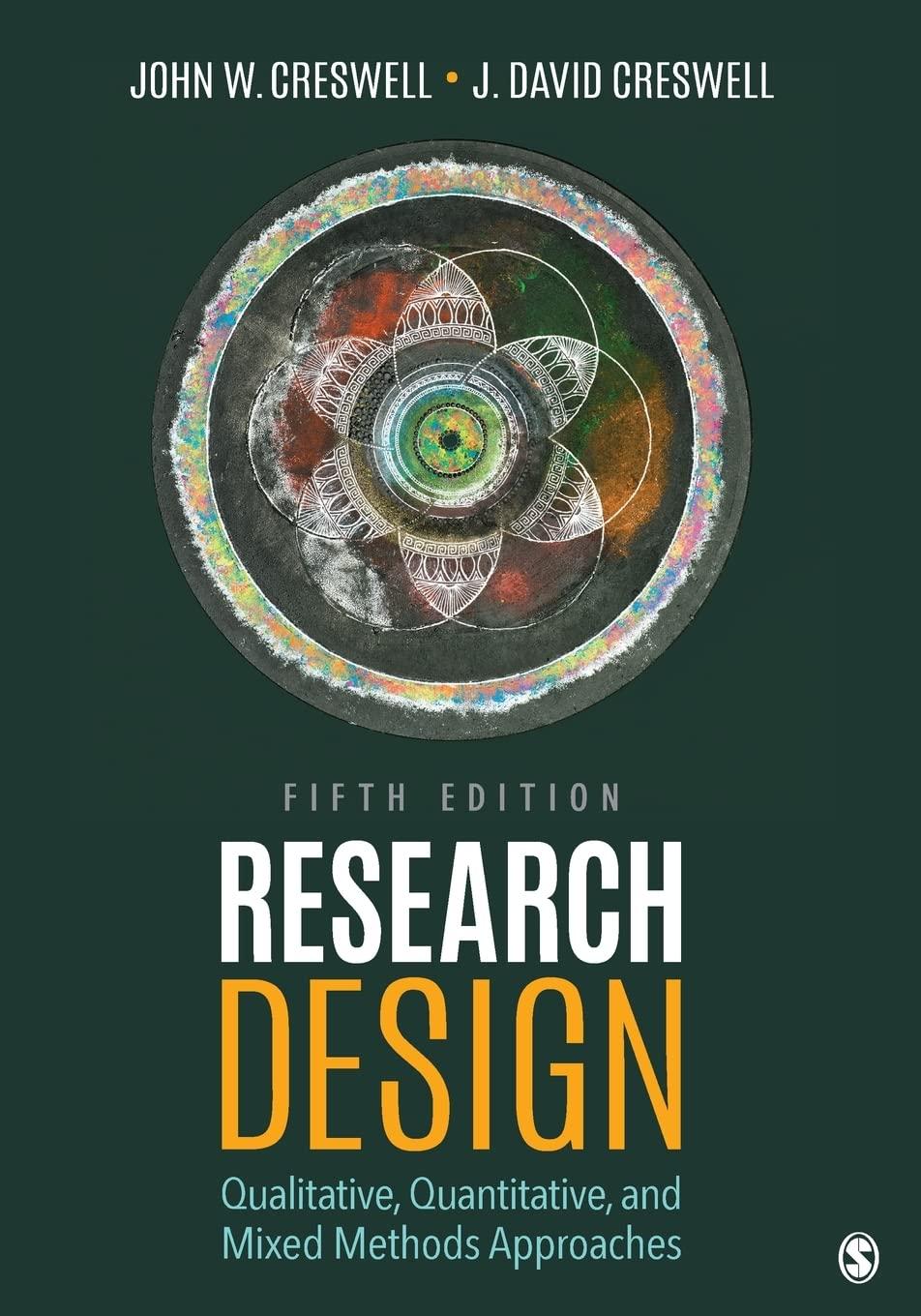

Macroeconomics help
following table offers two different possible scenarios resulting from the recession. Calcuiate the unemployment rate associated with each scenario. Unemployment Rate Scenario A: Firms reduce work hours by 25%. The number of underemployed workers rises as firms V respond to the reduction in the demand for their producls by reducing the hours of each employed person from 40 to 30 hours per week. Scenario B: Firms reduce employment b 25%. The number of unemployed workers rises as firms 7 respond to the redu- and for their producls by laying off 21 previously employed workers. overstates The unemployment rate in scenario A V the true extent of underemployment in the economy, because Statistics Canada counts part- time workers as employed. Consider a hypothetical economy in which the labour force consists of 100 people. Of those, 85 people are employed full-time and 15 people are unemployed. The government of this economy follows the same conventions as Statistics Canada in computing its employment gures. The unemployment rate is simply the number of unemployed people divided by the number of people in the labour force. Initially, then, the unemployment rate is (15/100) x 100%: = 15.0%. Suppose a reduction in foreign demand for this economy's products causes an economic recessiona prolonged period of declining output. The following table offers two different possible scenarios resulting from the recession. Calculate the unemployment rate associated with each scenario. Unemployment Rate Scenario A: Firms reduce work hours by 25%. The number of underemployed workers rises as firms '7 respond to the reduction in the demand for their products by reducing the hours of each employed person from 40 to 30 hours per week. Scenario B: Firms reduce employment by 25%. The number of unemployed workers rises as firms respond to the reduction in the demand for their products by laying off 21 previously employed workers. The unemployment rate in scenario A V the true extent of underemployment in the economy, because a Is ics Canada counts part- time workers as employed. Consider a hypothetical economy in which the labour force consists of 100 people. Of those, 85 people are employed fulltime and 15 people are unemployed. The government of this economy follows the same conventions as Statistics Canada in computing its employment gures. The unemployment rate is simply the number of unemployed people divided by the number of people in the labour force. Initially, then, the unemployment rate is (15/100) x 100%. = 15.0%. Suppose a reduction in foreign demand for this economy's products causes an economic recessiona prolonged period of declining output. The following table offers two different possible scenarios resulting from the recession. Calculate the unemployment rate associated with each scenario. Une Scenario A: Firms reduce work hours by 25%. The number of underemployed workers rises as firms respond to the reduction in the demand for their products by reducing the hours of each employed person from 40 to 30 hours per week. Scenario B: Firms reduce employment by 25%. The number of unemployed workers rises as firms respond to the reduction in the demand for their products by laying off 21 previously employed workers. The unemployment rate in scenario A V the true extent of underemployment in the economy, because Statistics Canada counts part time workers as employed











